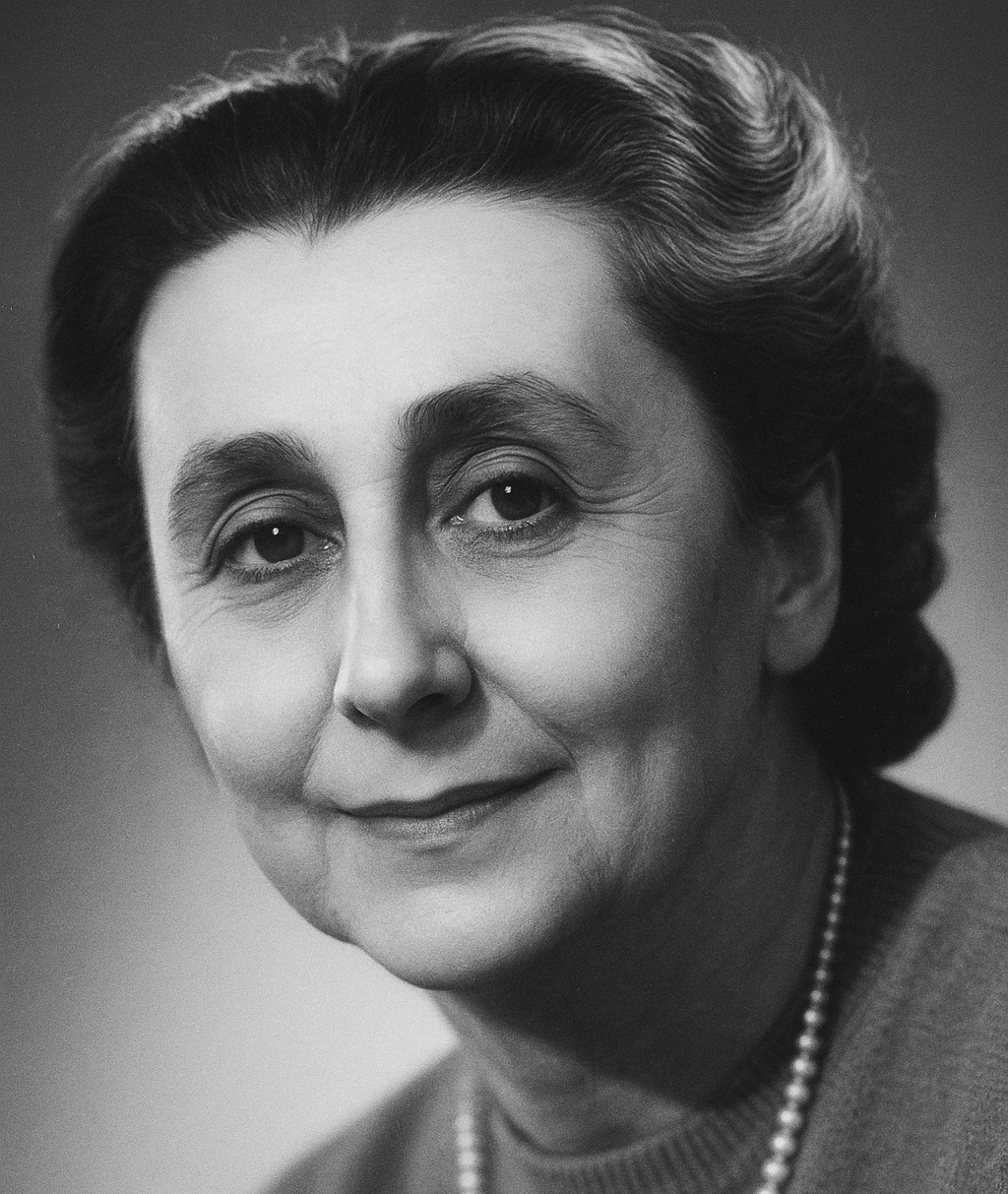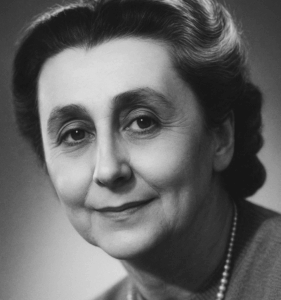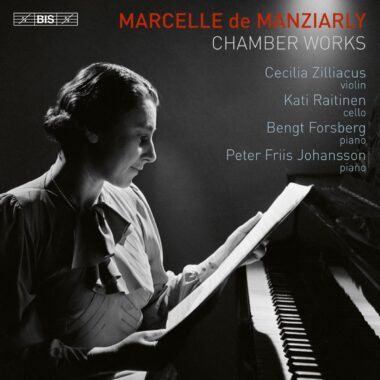Marcelle de Manziarly (1899-1989)
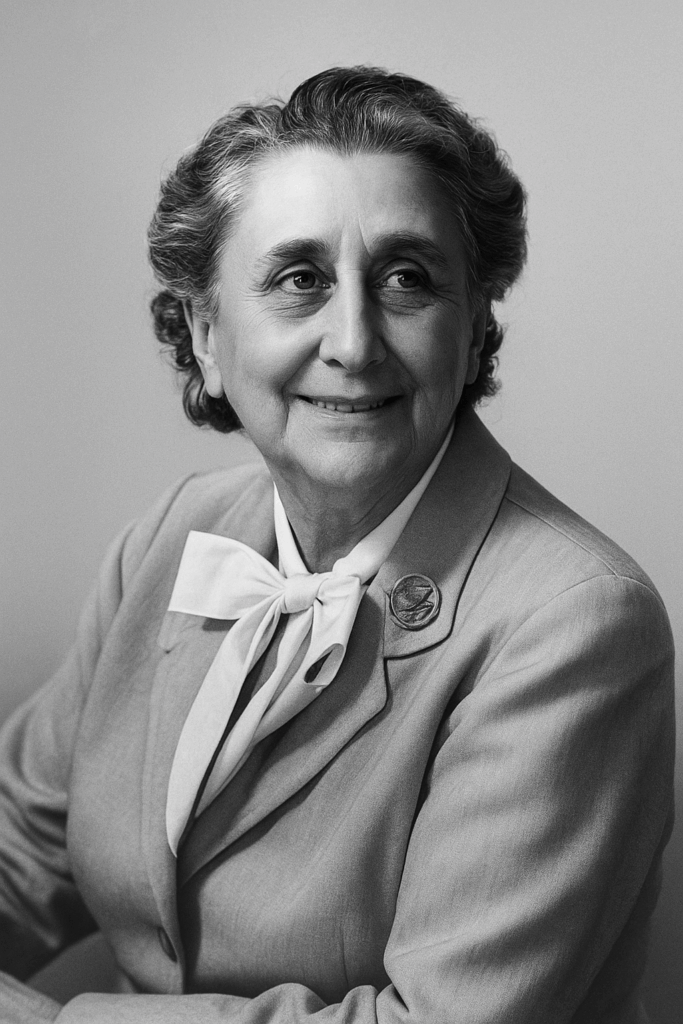
Marcelle de Manziarlywas a composer, choir director, conductor, pianist and music teacher of Russian origin, born in Kharkov, Ukraine (then part of the Russian Empire) in 1899 and died in 1989, aged 89, in Ojai, California (USA). She composed, performed and conducted her own music in France and the United States, among other places, which was quite rare at the time (fortunately, times have changed!). However, she fell into unjustifiable obscurity (a woman in a man’s world) given the quality and diversity of her work. Even today, her music is rarely performed or recorded.
You will see that we would all benefit from hearing it!
A few gems to whet your appetite!
Vocal works
Sonata for 2 Pianos
Trio for Violin, Cello & Piano
2 playlists for uninterrupted listening…
Riddles
If you feel like it, you can leave a comment telling us which songs are included and in what order (they are all listed in the article)!
Of course, you’ll need to have listened to the whole thing first… 😉
Titles followed by * have a link to “* The comparative listening corner”.
Titles followed by ** have a link to “** For more information…”.
Titles followed by * have a link to “* Answers to the riddles”.
Sonata for violin and piano (1918)
I. Moderate, very simple and expressive
II. Slow and solemn
III. Tumultuous
When you hear this sonata, composed at the age of 19, you regret that his String Quartet, from the same year, has not yet been recorded…
By Cecilia Zilliacus, violin, and Bengt Forsberg, piano. Below are the three movements played consecutively.
Three Slavonic Atmospheres, for Piano (1920)
By Francis Paraïso, Piano.
Piano Trio (1921)
I. Serious, harsh, without slowness
III. Without too much delay
II. Quick
IV. Rough, fairly quickly
The 4 Movements linked together, by the same performers:
Cecilia Zilliacus, violin · Kati Raitinen, cello · Bengt Forsberg, piano (2024)
Impressions of the sea * (1922)
No. 1 – The seaside strike
No. 2 – On a grey day
No. 3 – On a clear day
By Janice Weber, Piano.
Three Fables by La Fontaine (1935)
By Hugues Cuenod, Tenor & Geoffrey Parsons, Piano.
I. The Cicada and the Ant
III. The Frog Who Wanted to Be as Big as the Ox
Poems in Trio (1940)
Poems of Louise de Vilmorin, excerpts from the collection: “Fiançailles pour rire” (1939) :
I. Love ** & II. On the other side of my door ** (the first two in a series of six)
by Agathe Peyrat, soprano Fiona McGown, mezzo-soprano Marielou Jacquard, mezzo-soprano (Royaumont Abbey – 2023)
I extracted these two Trio Poems from Marcelle de Manziarly’s portrait by La Boite à Pépites, a wonderful series dedicated to female composers that I highly recommend!
Nocturnal * excerpt from 6 studies for piano (1940)
by Francis Paraïso, piano.
Sonata for 2 pianos(1946)
By Ariane JACOB and François HENRY on pianos.
Dialogue between two people for Cello and Piano (1970)
By Kati Raitinen, cello, and Peter Friis Johansson, piano.
3-way dialogue for violin, cello and piano (1977)
I. Foreword
II. Prémonition
III. Afterword
By Cecilia Zilliacus, violin · Kati Raitinen, cello · Bengt Forsberg, piano. Below are the three movements played consecutively.
The comparative listening corner
II. The Bird Wounded by an Arrow
By Hugues Cuenod, Tenor & Geoffrey Parsons, Piano.
Another version by Marie Therese Holley, soprano, and an instrumental ensemble conducted by Nadia Boulanger. (19… ?)
Impressions of the sea (1922)
By Janice Weber, Piano.
The three linked pieces:
The Strike – On a Grey Day – On a Clear Day.
Aux Marimbas, by Duo Contact // Théo Lampérier and Pierre Tomassi – With a thought for Lucas Duclaux-Loras, I am always impressed by the 4-mallet playing on the marimbas. Watch the video !
Nocturnal, excerpt from 6 studies for piano (1940)
By Francis Paraïso, Piano.
Nocturnal for Violin and Piano (1940)
Cecilia Zilliacus, violin, and Bengt Forsberg, piano.
** For more information…
I couldn’t describe this wonderful CD any better than Jean-Marc Petit. So I’m reproducing his review in full below.
I recommend buying this sublime CD from start to finish (around €22), if not for yourself, then to give to your loved ones (Christmas is only six months away…)!
A talented team of Swedish musicians introduces us to the fascinating chamber music of composer Marcelle de Manziarly (1899-1989), a brilliant student of Nadia Boulanger. A revelation.
How could such music have lain dormant for so long in the dust of music libraries? Composer, conductor, pianist and teacher, Marcelle de Manziarly (1899-1989) enjoyed a certain degree of fame between the First and Second World Wars, before leaving for the United States and returning to France once peace had been restored. Marcelle de Manziarly then divided her time between the two countries, and it was in the United States that she died in 1989.
This brilliant student of Nadia Boulanger was nevertheless part of a cohort of female composers active in France in the early 20th century who are only now being rediscovered, thanks in particular to the remarkable work of labels such as La Boîte à pépites: Jeanne Leleu, Rita Strohl, and of course Lili Boulanger, among others.
However, it is not a French label, but a Swedish one, Bis, which, to our knowledge, is offering the first recording dedicated to the chamber music of Marcelle de Manziarly. And it is a shock.
This composer, whose works span more than six decades, offers a diverse and exciting sound world. A whole universe separates the Sonata for Violin and Piano of 1918 from the Trilogue of 1977. But the intensity of Marcelle de Manziarly’s music remains intact.
The performers, violinist Cecilia Zilliacus, cellist Kati Raitinen, and pianists Bengt Forsberg and Peter Friis Johansson, have put their heart and soul into this recording. And with good reason.
The album opens with a masterpiece, the Piano Trio from 1921. Marcelle de Manziarly was still at the beginning of her career, but her personality was already well established. The “Grave, rude, sans lenteur” that opens the work with such force is a constantly changing piece, both in its rhythms and its timbres. The “ringing” and “batteries” of bells on the piano are reminiscent of Ravel. A whole world of mystery opens up to us and continues throughout the work. Whether in the playful but anxious dance of the Scherzo or the discreet dissonances of the third movement, “Sans trop de lenteur” (Without too much slowness), before the relentless final “Rude”.
A completely different sound world emerges with the 1970 Dialogue for cello and piano, which is stripped down and more dissonant. The instrumentalists first respond to each other through short minimalist sequences, almost like the static world of Morton Feldman, before gradually coming to life in a breathless chase.
The 1918 Sonata for Violin and Piano marks a return to modality and the shimmering “turn of the century” style. Once again, Marcelle de Manziarly offers us luminous music, at times elegiac, both serene and anguished, without any affectation.
The disc ends with the mysterious Trilogue for violin, cello and piano from 1977. Influenced by her stay in the United States, Marcelle de Manziarly returns to the minimalist and dissonant vein of Dialogue for cello and piano. But the music never falls into artifice or dryness. Everything here is life, excitement and subtlety.
The Swedish musicians perform these fascinating pieces with passion, balance and precision. Which orchestra will now dare to revive Marcelle de Manziarly’s symphonic works?
Love
Une petite plage où l’on ne rit pas
Où personne ne passe :
C’est l’amour.
L’ombre non plus n’y chasse
De bras en bras
Un autre jour.
Pas de fausses mésanges
Mais au loin
Une petite île
Comme une meule de foin,
Et sous l’aile d’un ange
Deux anges immobiles.
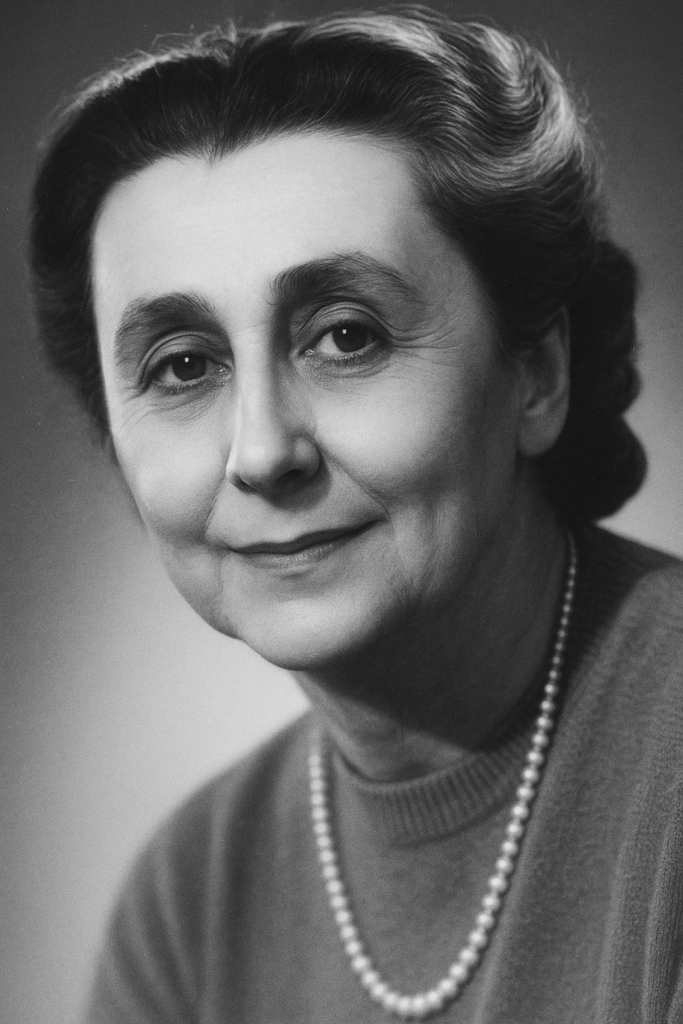
On the other side of my door
My fear, my little gooseberry,
Love is a bee
That eats my heart
And buzzes at my mouth
That you feed and touch
With kisses of misfortune.
My angel without ears,
My fear, my gooseberry,
Will you never come
To the other side of my door?
Are you one of those
Deaf and mute angels?
Your hands, unblemished, polished
By your playful antics,
Are wet with my tears,
And you laugh at these rivers
Where my wishes sail
Among your new dresses.
Will you give me
Only your pointed hat
To wear, my witch,
And no other kiss
Than these nests of danger
And these entire beehives?
Will you not allow me
To remove your stockings
Behind my door?
I want to see your bare feet
And the dead bees
Of happiness returned.
My angel without ears,
My blue fear, my redcurrant
Resting on my desires,
My room is wide open
Cut off by the green alley
Where you must come from.
My blue fear, my redcurrant,
Come to the edge of my waking hours
And let the day fall
On the other side of my door.
And let the wind carry away
The way back home.
1939
*** Answers to the riddles:
Playlist 1: 2 Poems in Trio / 3 Fables by La Fontaine / 3 Impressions of the Sea / Piano Trio (4 movements) / Nocturne for Violin and Piano / Dialogue for Cello and Piano.
Playlist 2: Sonata for Violin and Piano (3 movements) / Slavic Atmospheres for Piano / Sonata for 2 Pianos / Trilogue for Violin, Cello and Piano (3 parts).

